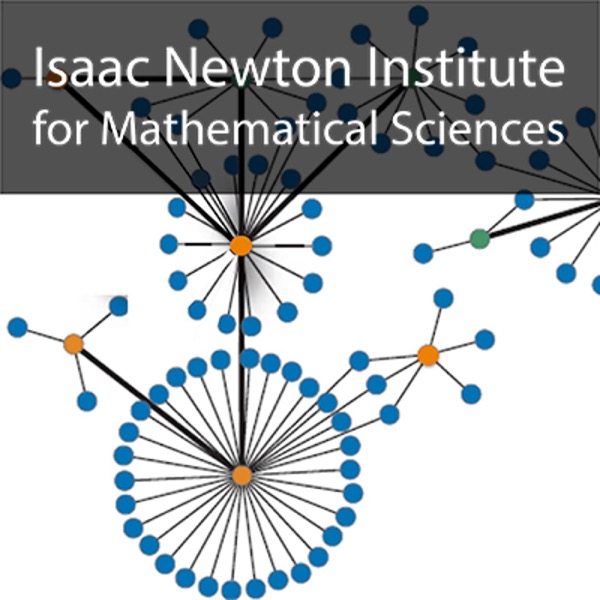Infectious Disease Dynamics
En podcast af Cambridge University
53 Episoder
-
What can we learn from viral phylogenies?
Udgivet: 23.8.2013 -
Future of network modelling
Udgivet: 23.8.2013 -
Network measurement: past and future
Udgivet: 23.8.2013 -
Modelling infectious agents in food webs
Udgivet: 23.8.2013 -
On the Formulation of Deterministic Epidemic Models
Udgivet: 23.8.2013 -
Multiple Data Sources, Missing and Biased Data
Udgivet: 23.8.2013 -
Inference of epidemiological dynamics using sequence data: application to influenza
Udgivet: 23.8.2013 -
Quantifying Uncertainty in Model Predictions
Udgivet: 23.8.2013 -
Theory and practice of infectious disease surveillance
Udgivet: 23.8.2013 -
Design and Analysis of Vaccine Trials
Udgivet: 23.8.2013 -
Early warning signals of critical transitions in infectious disease dynamics
Udgivet: 23.8.2013 -
Stochastic epidemic modelling and analysis: current perspective and future challenges
Udgivet: 22.8.2013 -
Stochastic epidemic modelling and analysis: current perspective and future challenges
Udgivet: 22.8.2013 -
Inference pipelines for nonlinear time series analysis applied to an emerging childhood infection
Udgivet: 22.8.2013 -
Some challenges to make current data-driven (‘statistical’) models even more relevant to public health
Udgivet: 22.8.2013 -
Data and Statistics: New methods and future challenges
Udgivet: 22.8.2013 -
Embracing the complexities of scale and diversity in disease ecology
Udgivet: 22.8.2013 -
Multi-host, multi-parasite dynamics
Udgivet: 22.8.2013 -
Dollars and disease: developing new perspectives for public health
Udgivet: 22.8.2013 -
Infectious diseases in the changing landscape of public health
Udgivet: 22.8.2013
On 1 January 2013, it will be twenty years since Epidemic Models started as a 6-month programme in the first year of the Isaac Newton Institute for Mathematical Sciences. Since then, the field has grown enormously, in topics addressed, methods and data available (e.g. genetics/genomics, immunological data, social, contact, spatial, and movement data were hardly available at the time). Apart from these advances, there has also been an increase in the need for these approaches because we have seen the emergence and re-emergence of infectious agents worldwide, and the complexity and non-linearity of infection dynamics, as well as effects of prevention and control, are such that mathematical and statistical analysis is essential for insight and prediction, now more than ever before. Read more at http://www.newton.ac.uk/programmes/IDD/. Image from The New England Journal of Medicine, Gardy, 'Whole-Genome Sequencing and Social-Network Analysis of a Tuberculosis Outbreak', Volume 364, pp 730-9. Copyright ©2011 Massachusetts Medical Society. Reprinted with permission from Massachusetts Medical Society.

